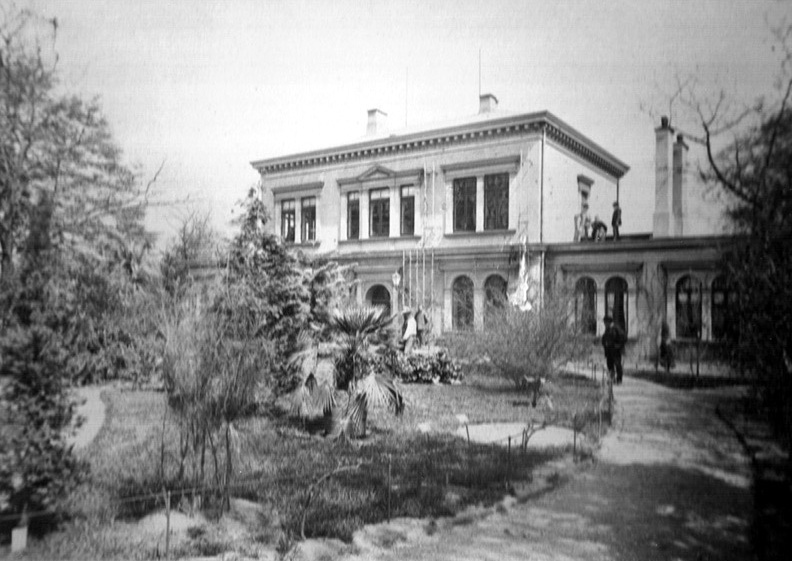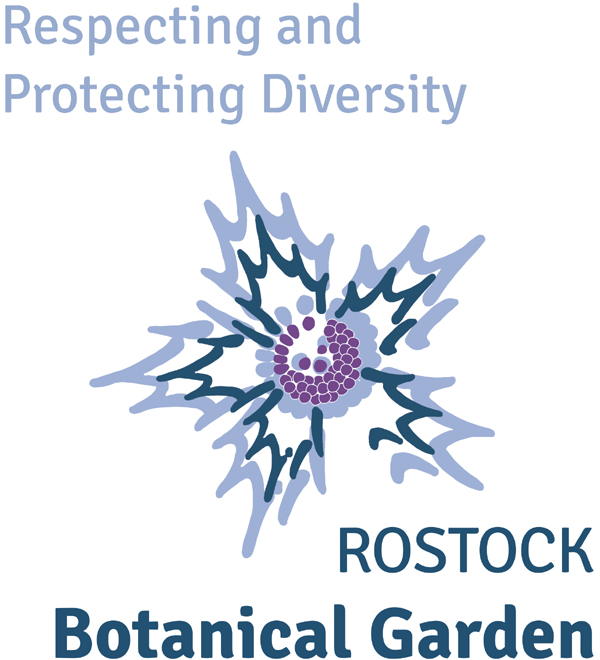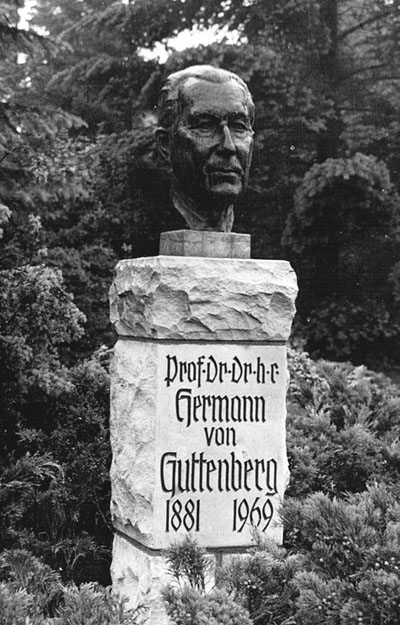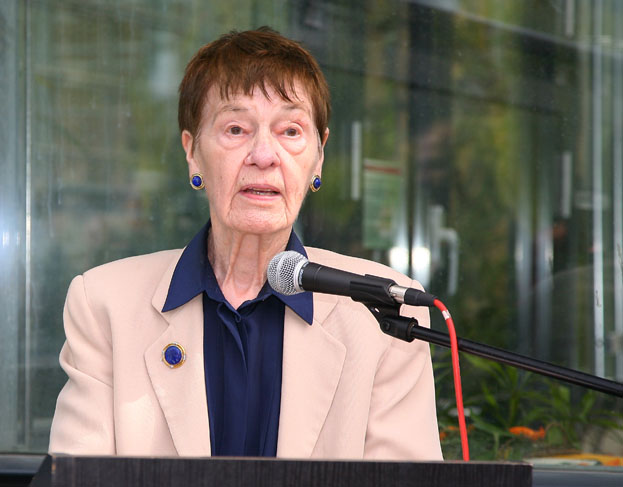History
Since 1568 there have been plant collections that later resulted in a botanical garden at Rostock University, so it is in principle one of the oldest such gardens in Europe. The garden has changed locations four times throughout its history. The original three gardens were located in what is now the old city center (on Lange Strasse, Schwaansche Strasse, and Haedgestrasse) and were used mainly for the cultivation of medicinal plants for the education of medical students.
Only after a persistent fight for the financial means to build a new botanical garden led by Karl von Goebel, Full Professor of Botany 1882–1887, success was finally achieved in 1884. Together with a new botanical institute, it was built on an area of only 3 ha on what was then the outskirts of Rostock on Doberaner Strasse, and was still in operation until the turn of the millennium.
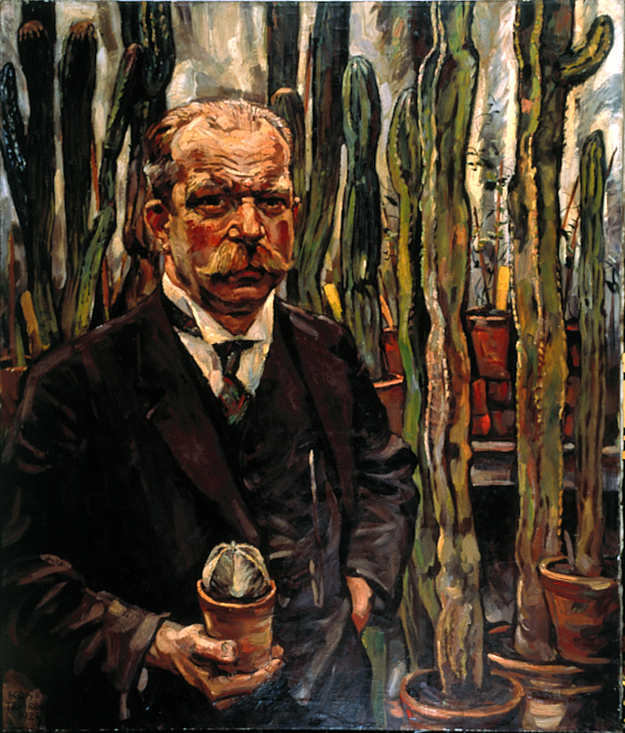
An important researcher with connections to the Rostock Botanical Garden is Hugo Baum (1867–1950). Between 1899 and 1900 he took a trip to South Angola and brought back a collection of around 840 plant species with him, including over 300 species that were unknown at the time. From 1901 to 1933 he worked as the Garden Inspector in Rostock. In 1925 he was able to travel to Mexico, where he also discovered many yet to be described species (in particular cacti).
Toward the end of the 19th Century, the garden property on Doberaner Strasse was no longer big enough to meet the scientific requirements. Paul Falkenberg, the Department of Botany Chair and Garden Director from 1887 to 1923, already strove for expanding the Botanical Garden onto alternative properties. It wasn’t until the tenure (1923–1957) of Hermann von Guttenberg, however, that the efforts for expanding the garden proved successful. From 1935 to 1939, the planning of the present garden area was set up by the landscape architects and gardeners Arno Lehmann and Erich Rulsch, comprising an institute building and large greenhouse facilities. The 7.8 hectare garden, which can be visited today, was first opened in 1939 and has since been listed as a historic landmark. Because of the consequences of the Second World War, some originally planned facilities were never built on the property.
Under the leadership of Helmut Pankow, Chair of Botany and Director of the Botanical Garden from 1961 to 1996, both the new garden property and the garden on Doberaner Strasse were operated. The latter location was slowly vacated and in 2009 was finally given up after the construction of the first part of the Loki Schmidt greenhouses at the garden property on Hamburger Strasse. The new greenhouses hold tropical useful plants and rainforest species as well as a collection of succulents. In 2011, a new working and cultivation greenhouse was built, and is also the temporary location for our collection of plants from Mediterranean climates. With further construction planned for the future, this property will become the permanent location of the entire Department of Botany as well.

